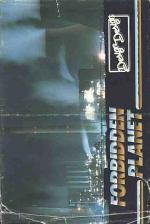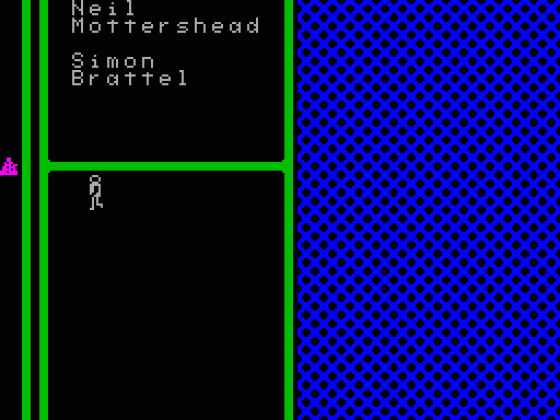Other Reviews Of Forbidden Planet (Plus Halls Of The Things Remix) For The Spectrum 48K/128K
Forbidden Planet (Design Design)
A review by (Crash)
Forbidden Planet (Design Design)
A review by Alison Hjul (Your Sinclair)
Forbidden Planet/2112 AD (Design Design)
A review


 14th January 1986
14th January 1986












